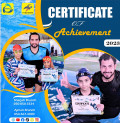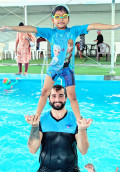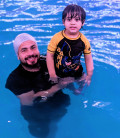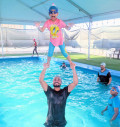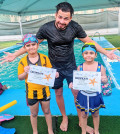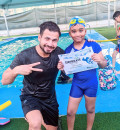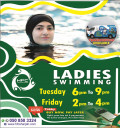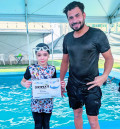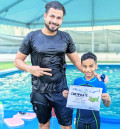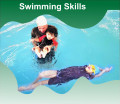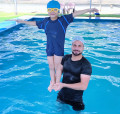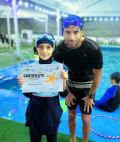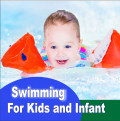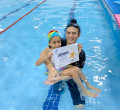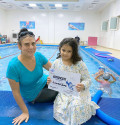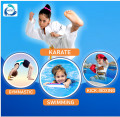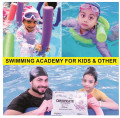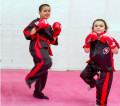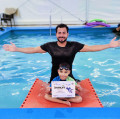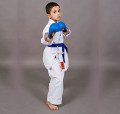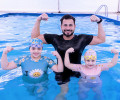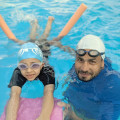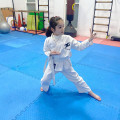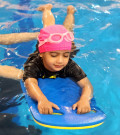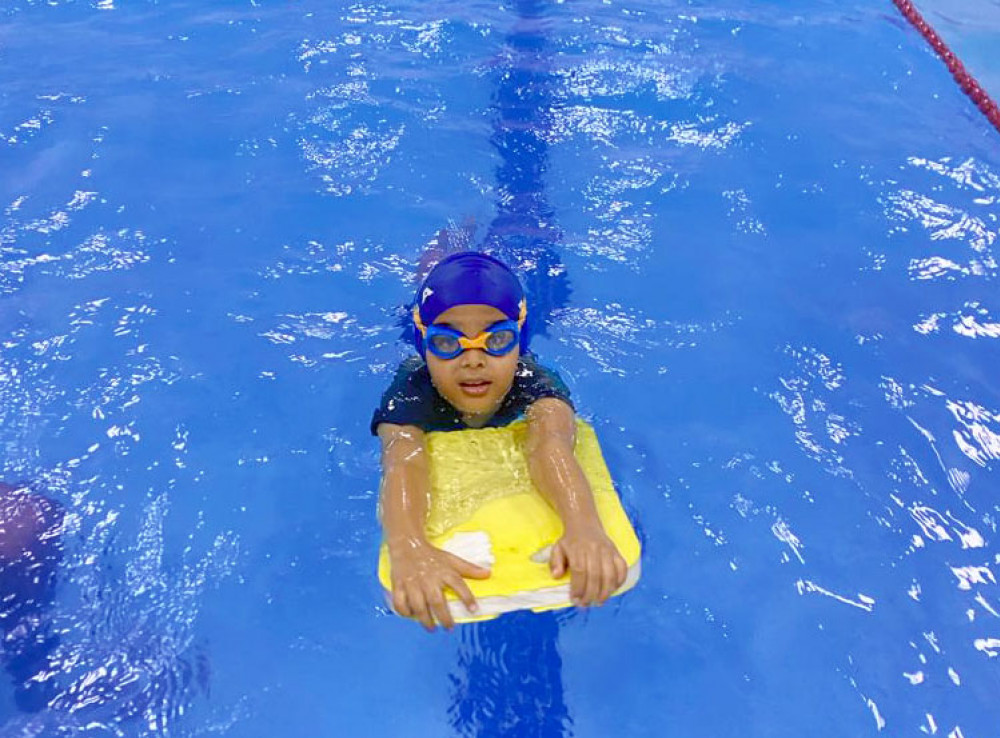
Swimming for Small Kids Creating a Safe and Friendly Learning Environment
2024-01-15 - swimmingSwimming is not just a recreational activity; it's a crucial
life skill that can greatly benefit small kids. Introducing children to the
world of swimming not only enhances their physical development but also
nurtures cognitive and social skills, boosting their confidence in a supportive
environment. In this article, we'll explore the importance of swimming for
small kids and how to create a safe and friendly environment for them to learn
and enjoy this valuable skill.
Importance of Swimming for Small Kids
Physical Development
Small kids undergo rapid physical development, and swimming
provides an excellent avenue for promoting strength, flexibility, and
coordination. Water resistance helps build muscle strength, and the buoyancy of
water reduces the impact on joints, making it a low-impact exercise ideal for
young bodies.
Cognitive and Social Benefits
Beyond the physical advantages, swimming enhances cognitive
abilities and social skills. The structured environment of swim classes teaches
kids to follow instructions, listen to peers, and interact with instructors.
These experiences contribute to the development of essential life skills.
Boosting Confidence
Learning to swim instills a sense of accomplishment and
independence in small kids. As they master new skills in the water, their
self-esteem grows, creating a positive impact on their overall confidence.
Safety Measures
Ensuring the safety of small kids during swimming lessons is
paramount. Qualified instructors, adequate supervision, appropriate swim gear,
and emergency preparedness are essential components of a secure swimming
environment.
Qualified Instructors
Look for swim programs with certified instructors who
specialize in teaching young children. These professionals understand the
unique needs of small kids and can tailor lessons to make them engaging and
effective.
Adequate Supervision
Small kids require constant supervision during swimming
sessions. In addition to instructors, there should be lifeguards or trained
staff members to monitor the pool area and ensure a safe learning environment.
Appropriate Swim Gear
Equip your child with the right swim gear, including
well-fitting swimsuits, swim diapers if necessary, and comfortable goggles.
Proper gear enhances the overall swimming experience and contributes to a sense
of comfort and security.
Emergency Preparedness
While rare, emergencies can occur in any water-related
activity. Ensure that the swim program has a well-defined emergency protocol
and that staff members are trained to handle unforeseen situations.
Designing a Kid-Friendly Swimming Environment
Creating a kid-friendly swimming environment goes beyond
safety measures. It involves designing the physical space to be welcoming,
engaging, and conducive to learning.
Shallow Pools and Gradual Entry
Small kids feel more secure in shallow pools with gradual
entry points. This allows them to acclimate to the water gradually and build
confidence at their own pace.
Colorful and Engaging Surroundings
Make the swimming area visually appealing with vibrant
colors and child-friendly designs. This not only captures the attention of
small kids but also creates a positive and exciting atmosphere.
Fun and Educational Activities
Incorporate fun and educational activities into swimming
lessons. Toys, games, and interactive exercises make the learning process
enjoyable and help kids associate swimming with positive experiences.
Positive Reinforcement
Encourage small kids through positive reinforcement.
Celebrate their achievements, no matter how small, to foster a sense of
accomplishment and motivation to continue learning.
Choosing the Right Swim Program
With numerous swim programs available, choosing the right
one for your child is crucial. Researching swim schools, understanding teaching
methods, and considering reviews and recommendations can guide you in making an
informed decision.
Researching Swim Schools
Investigate the reputation and track record of different
swim schools. Look for those with positive reviews, experienced instructors,
and a commitment to creating a positive learning environment for small kids.
Understanding Teaching Methods
Different swim schools employ various teaching methods. Some
focus on individualized instruction, while others emphasize group activities.
Choose a program that aligns with your child's learning style and preferences.
Reviews and Recommendations
Seek feedback from other parents or guardians who have
enrolled their children in the swim program you're considering. Honest reviews
can provide valuable insights into the program's strengths and potential areas
for improvement.
Overcoming Challenges
Not every child takes to water immediately, and some may
face challenges or fears. Overcoming these obstacles requires patience,
understanding, and a gradual approach.
Fear of Water
Many small kids may initially be afraid of water. Introduce
them to the pool gradually, allowing them to explore and become comfortable
with the water at their own pace.
Building Trust with Instructors
Establishing a trustful relationship with instructors is
essential. Small kids are more likely to overcome fears and challenges when
they feel secure and supported by their instructors.
Gradual Progression
Acknowledge that each child progresses at their own pace.
Gradual progression builds a strong foundation, ensuring that kids develop both
the skills and confidence needed for more advanced swimming techniques.
Making Swimming a Positive Experience
Creating a positive experience around swimming involves more
than just skill development. It's about fostering a love for the activity and
making it an enjoyable part of a child's routine.







.jpg)




















